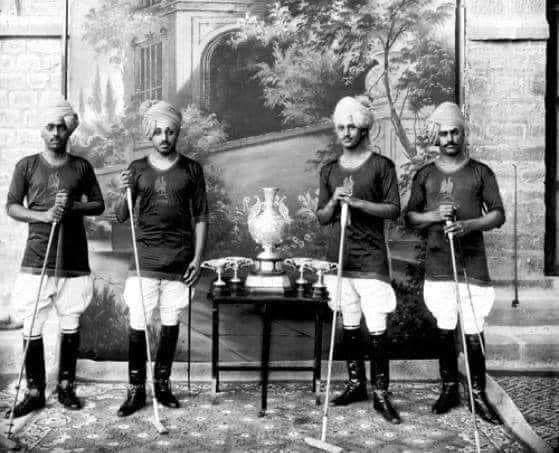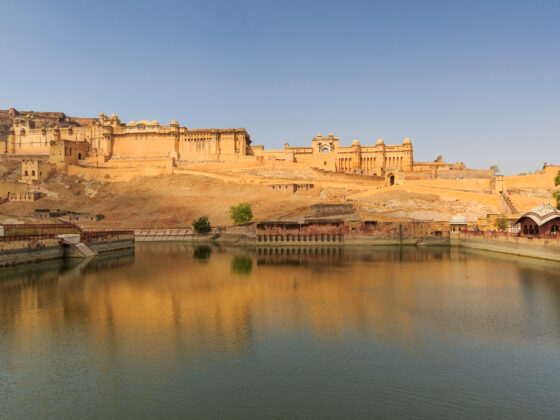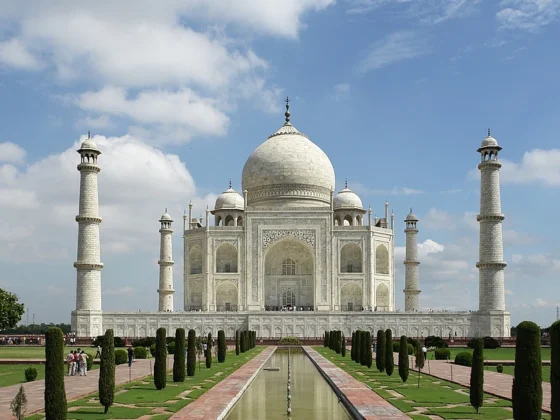The Legendary Polo Match of 1922: When Jodhpur Defeated Patiala in a Historic Battle

The Most Historic Polo Match: Jodhpur’s Iconic Victory Over Patiala (1922)
Polo, known as the sport of kings, has a rich legacy in India, with princely states like Jodhpur and Patiala being its foremost patrons. However, one match stands above all—the legendary 1922 showdown where Jodhpur triumphed over Patiala, marking a defining moment in Indian polo history.
The Rivalry: Jodhpur vs. Patiala
During the early 20th century, Jodhpur and Patiala were among India’s leading polo powerhouses, competing fiercely in domestic and international tournaments. The teams, backed by their respective royal houses, featured some of the most skilled riders and finest ponies in the sport.
The High-Stakes Match of 1922
Held in Calcutta (now Kolkata), the 1922 match between Jodhpur and Patiala was more than just a game—it was a battle of prestige. Jodhpur’s team, led by the formidable Maharaja Umaid Singh, faced the equally talented squad of Patiala, captained by Maharaja Bhupinder Singh.
With thrilling gameplay, expert horsemanship, and precise strikes, both teams delivered an electrifying performance. However, Jodhpur’s superior strategy, teamwork, and skill led them to a remarkable victory, cementing their place as the dominant polo champions of the era.
Impact on Indian Polo
Jodhpur’s victory in 1922 was not just about winning a title—it boosted India’s global polo reputation. The triumph inspired generations of players, strengthening Jodhpur’s legacy as a polo stronghold. Even today, the Jodhpur Polo Season and the Patiala Polo Team remain symbols of India’s rich equestrian heritage.
Conclusion
The 1922 Jodhpur vs. Patiala polo match remains one of the greatest sporting events in India’s history. It was a display of royal sportsmanship, elite talent, and an enduring legacy that continues to shape Indian polo.








